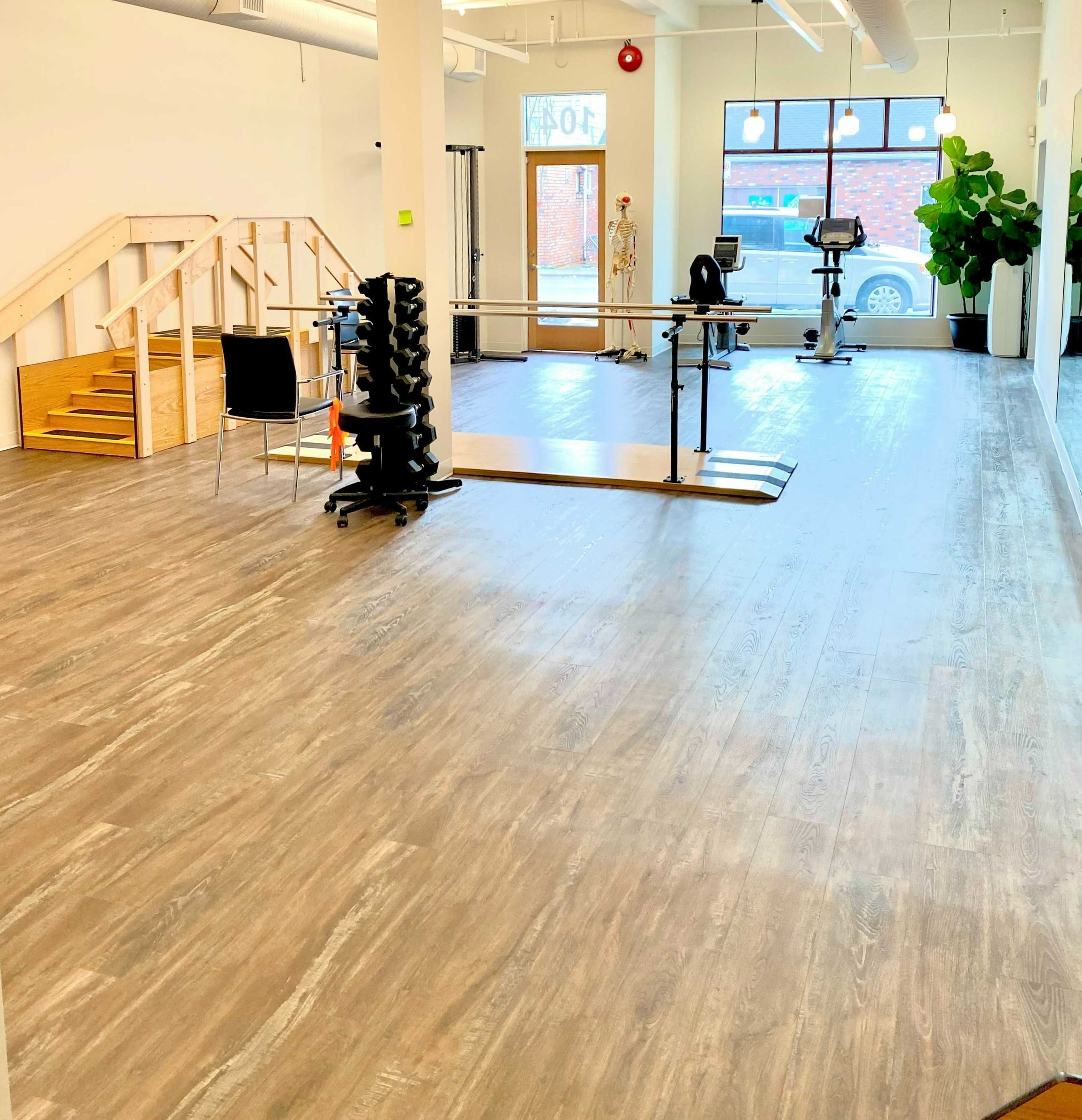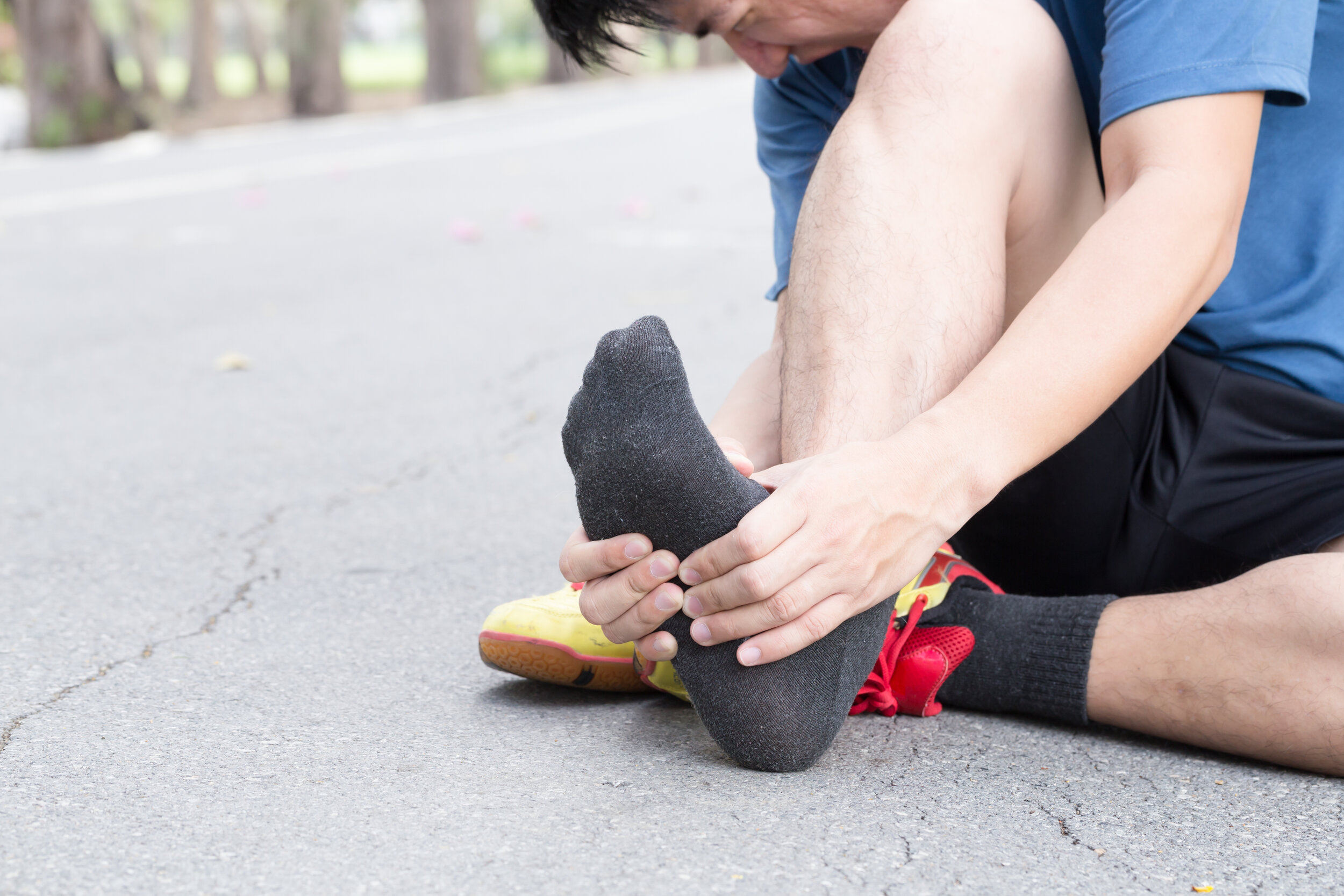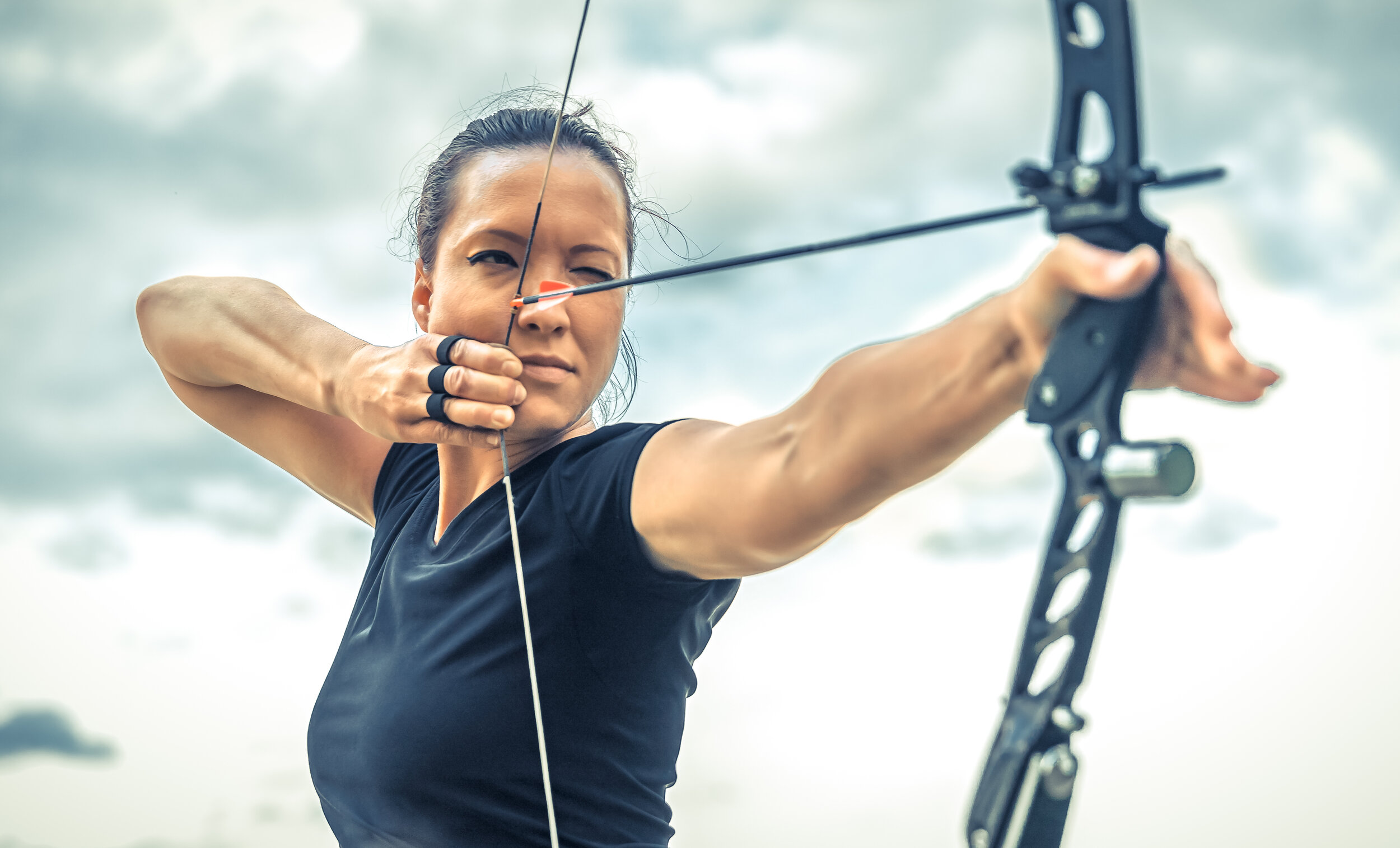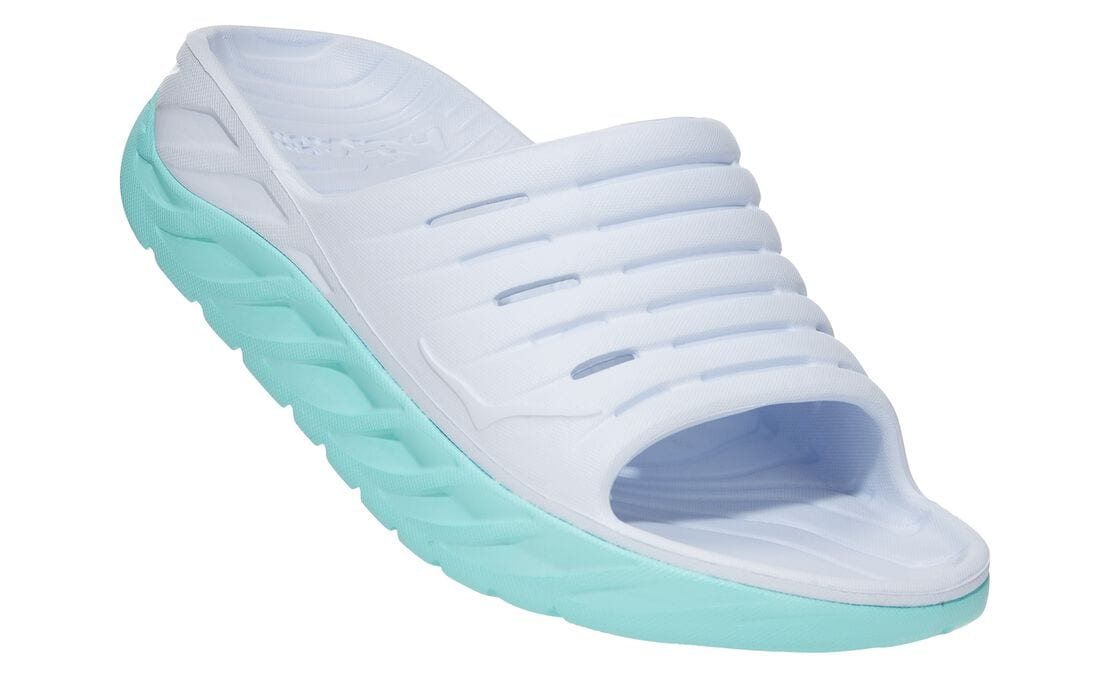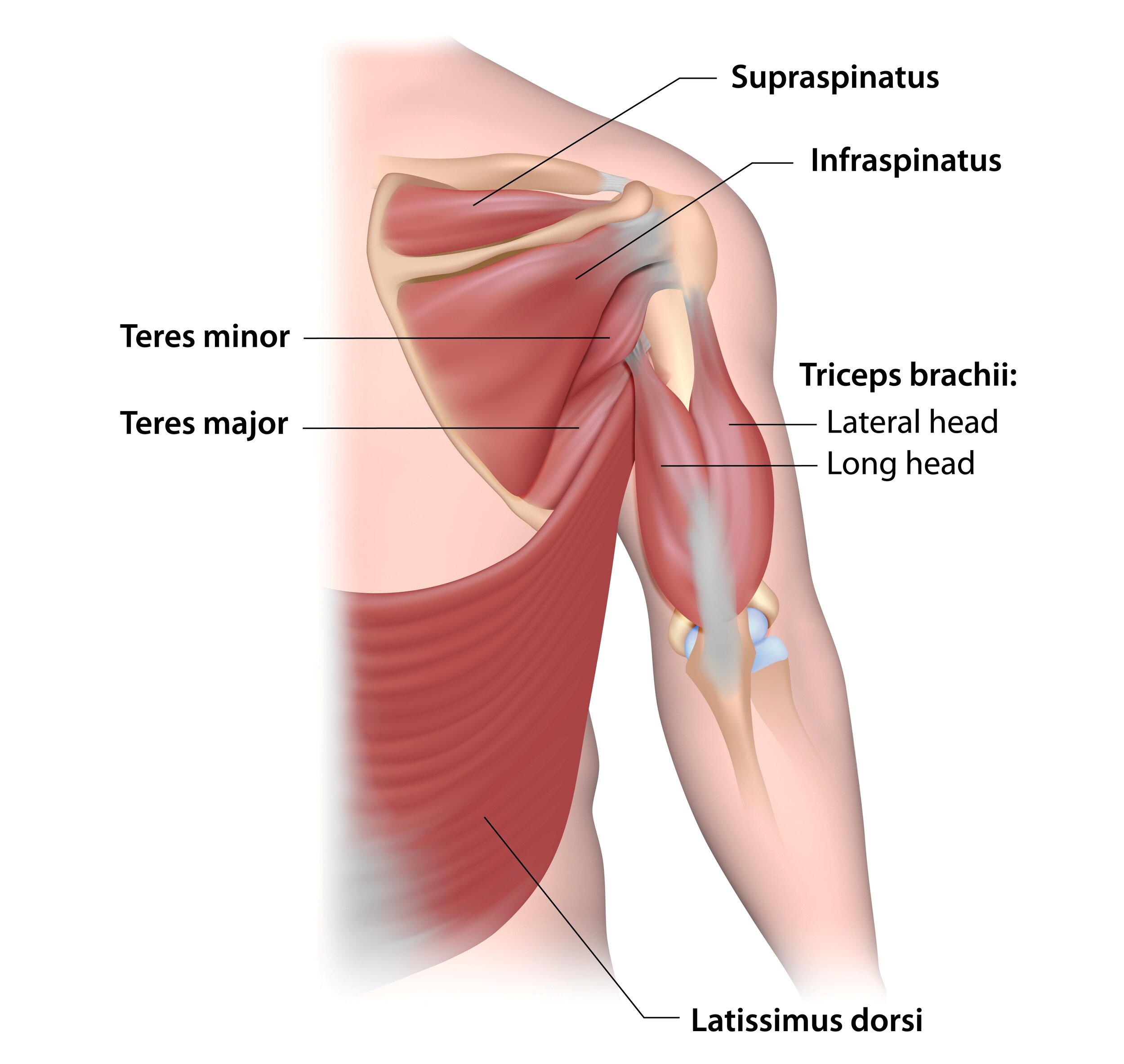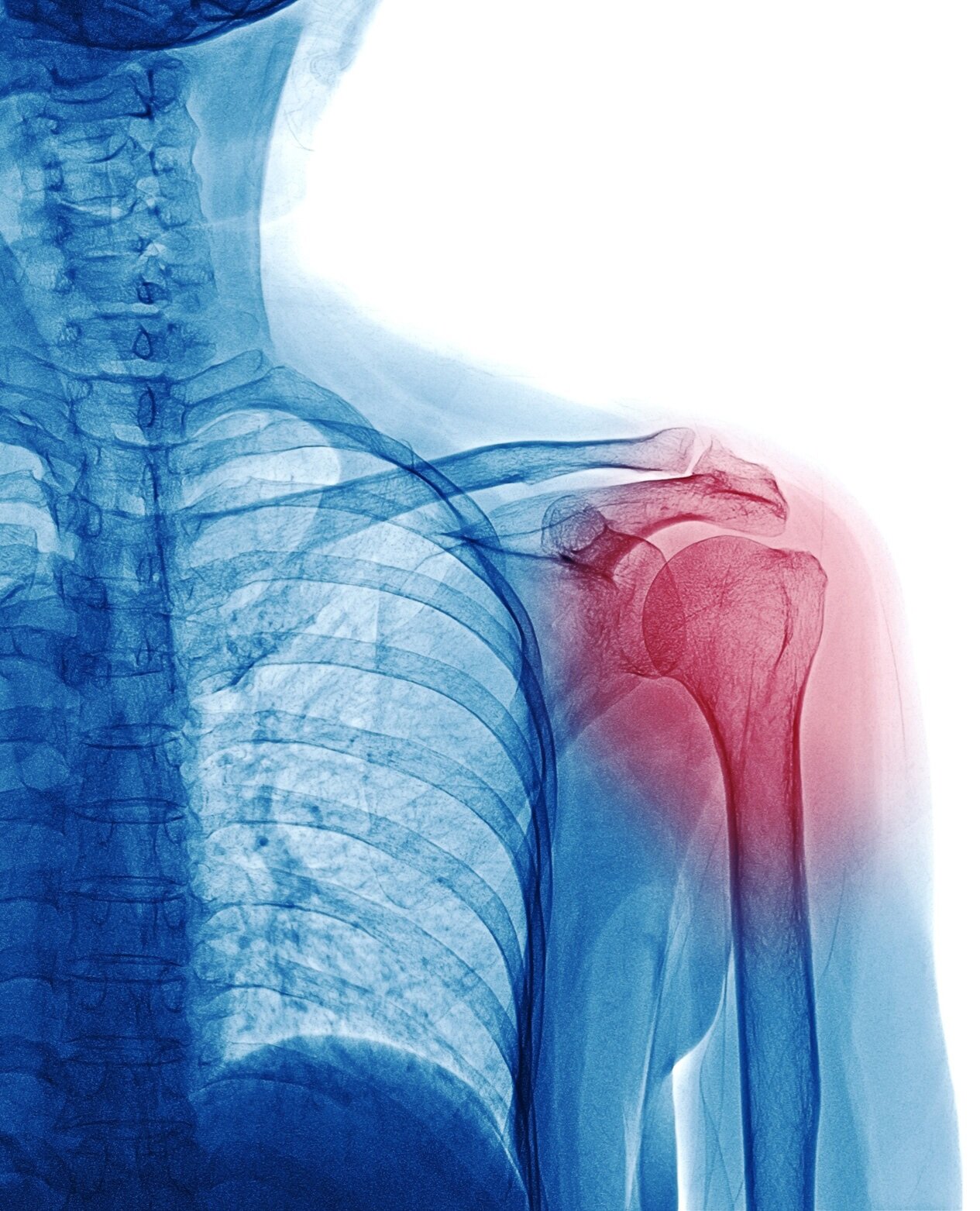People often use the terms “flexibility” and “mobility” interchangeably but there is a difference! In this blog, our dance physiotherapist Anh Duong explains the difference between the two as well as why one is more advantageous than the other.
As physiotherapists we throw around the terms “flexibility” and “mobility” a lot, but what do they actually mean?
Flexibility is the ability of muscles to move through range passively (in other words, pushing to the end of the joint’s range with assistance from your hands, the wall, a strap - you get the idea) where as mobility is the ability of a joint to move through range actively, using your muscle to do the movement without assistance.
Imagine a dancer who can do the full splits when she is stretching on the ground but cannot achieve the full splits when performing a grande jeté. This dancer would be demonstrating flexibility but lacking mobility.
Ultimately, dancers should be aiming for mobility over flexibility.
How do we improve mobility?
Strengthen while you lengthen! This is achieved by working the muscles while elongating them at the same time. Some ways you can do this include:
opting for more dynamic stretches rather than static stretches
using bands and weights for resistance
performing resisted holds while in an elongated position
But doesn’t being flexible help my technique?
There is a misconception that hyperflexibility will improve dance technique when it can actually do the opposite.
Think of your muscles like hair elastics. If you use the same hair elastic and stretch it and stretch and stretch it, overtime it will become long and weak and no longer be able to hold up your hair. Similarly, an overstretched muscles becomes long and weak and loses its ability to produce force which is needed for all dance movements such as kicks and jumps.
But there’s more..
Overstretching is highly dangerous and
NOT recommended
In the short term, overstretching increases the dancer’s risk of muscles strains, muscle gripping due to weakness, and snapping/pinching hips.
In the long term, overstretching can lead to stretching of other tissues such as ligaments, cartilage and joint capsules which play an integral part in joint stability.
Micro-damage accumulates over time which may lead to long term problems such as early degeneration of the joint, and chronic instability and pain.
What does overstretching look like?
“sitting” in extreme positions for long periods of time
Having peers or teachers pushing limbs at end ranges
using yoga blocks or furniture as a lever to get more range
Stretching before warming up muscles
To recap:
Dancers should be aiming for mobility over flexibility which includes incorporating strengthening and avoid stretching joints into extremes.
In this day and age, with the influence of social media and growing popularity of incorporating gymnastics and acrobatics movements into dance technique, the demand on dancers’ bodies are higher than ever and it is important that we educate dancers, parents, teachers, about safe and effective training.
To book an appointment, call (778) 630-8800, email us or book online.











